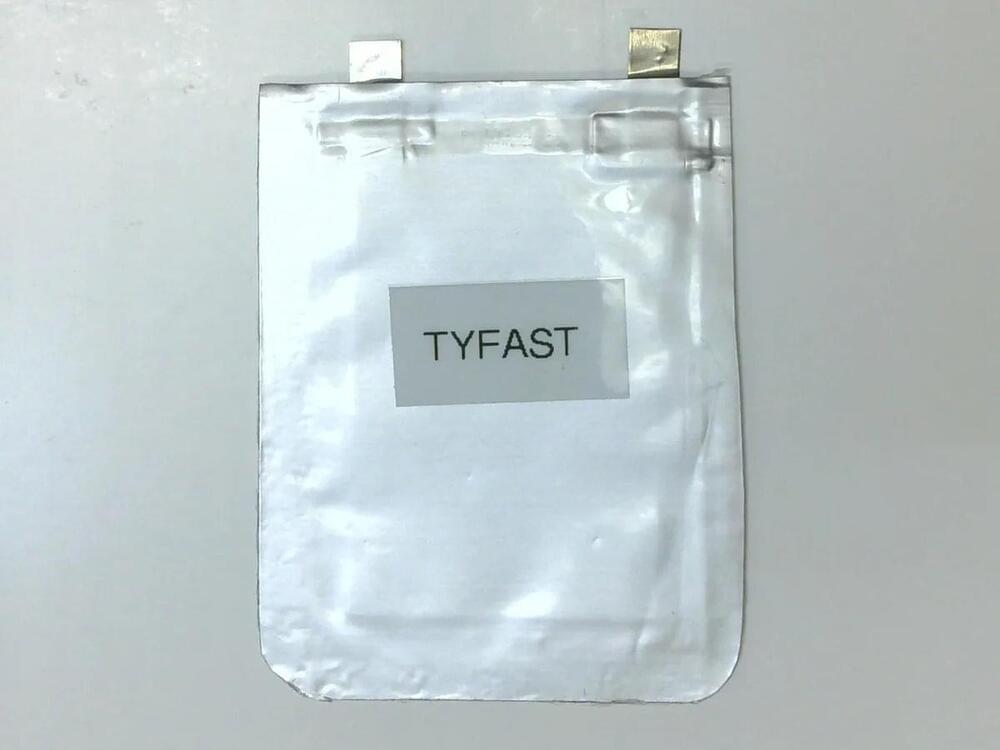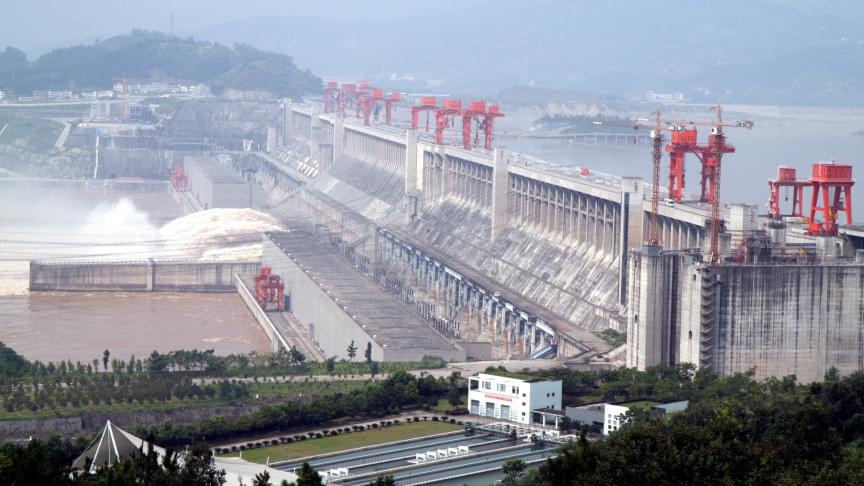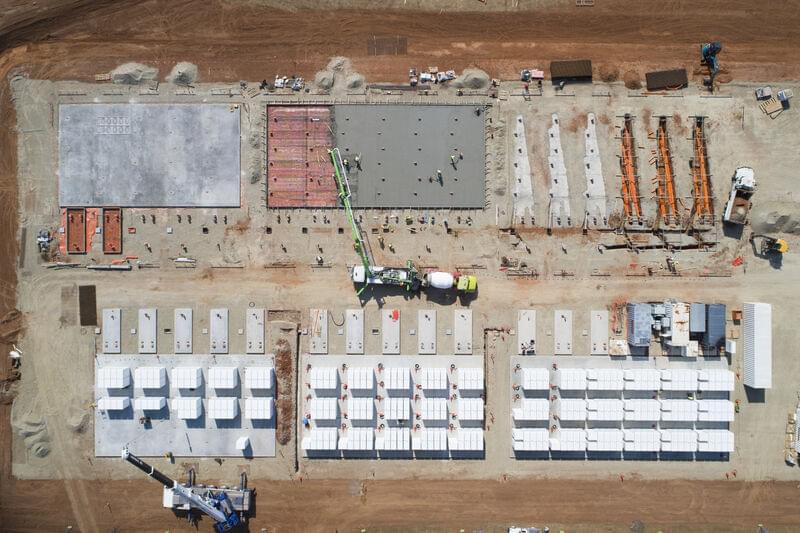Li-Ion battery research concentrates mainly on increasing energy density, but TyFast goes in the opposite direction. The company compromises battery capacity to offer insanely fast charging and a long life cycle.



This research paper presents the design of a wireless power transfer (WPT) circuit integrated with magnetic resonance coupling (MRC) and harvested radio frequency (RF) energy to wirelessly charge the battery of a mobile device. A capacitor (100 µF, 16 V) in the RF energy harvesting circuit stored the converted power, and the accumulated voltage stored in the capacitor was 9.46 V. The foundation of the proposed WPT prototype circuit included two coils (28 AWG)—a transmitter coil, and a receiver coil. The transmitter coil was energized by the alternating current (AC), which produced a magnetic field, which in turn induced a current in the receiver coil. The harvested RF energy (9.46 V) was converted into AC, which energized the transmitter coil and generated a magnetic field. The electronics in the receiver coil then converted the AC into direct current (DC), which became usable power to charge the battery of a mobile device. The experimental setup based on mathematical modeling and simulation displayed successful charging capabilities of MRC, with the alternate power source being the harvested RF energy. Mathematical formulae were applied to calculate the amount of power generated from the prototype circuit. LTSpice simulation software was applied to demonstrate the behavior of the different components in the circuit layout for effective WPT transfer.

DARPA, in partnership with the U.S. Air Force, completed a free flight test of its Hypersonic Air-breathing Weapon Concept (HAWC) last week. The missile, built by Raytheon Technologies, was released from an aircraft seconds before its Northrop Grumman scramjet (supersonic combustion ramjet) engine kicked on. The engine compressed incoming air mixed with its hydrocarbon fuel and began igniting that fast-moving airflow mixture, propelling the cruiser at a speed greater than Mach 5 (five times the speed of sound).
The HAWC vehicle operates best in oxygen-rich atmosphere, where speed and maneuverability make it difficult to detect in a timely way. It could strike targets much more quickly than subsonic missiles and has significant kinetic energy even without high explosives.
“The HAWC free flight test was a successful demonstration of the capabilities that will make hypersonic cruise missiles a highly effective tool for our warfighters,” said Andrew “Tippy” Knoedler, HAWC program manager in DARPA’s Tactical Technology Office. “This brings us one step closer to transitioning HAWC to a program of record that offers next generation capability to the U.S military.”
The regional entity overseeing much of the electric power grid in the Midwest — the Midcontinent Independent System Operator (MISO) — approved a set of major new transmission system upgrades that will bring billions of dollars in benefits to the region while better enabling states and utilities to pursue transitions to clean energy.
See here for my colleague Sam Gomberg’s excellent post explaining the background and details on what is known as “Tranche 1” of MISO’s long range transmission planning process. This much-needed set of 18 projects will improve electricity reliability, address overloaded wires, and help unlock more lower-cost wind and solar power to replace costly, polluting fossil fuel plants in Michigan and many other states in the Midwest (including Illinois and Minnesota).

A carbon-neutral synthesis of kerosene, or jet fuel, has been produced by scientists, made by combining sunlight with water.
5% of human emissions are generated through kerosene use in aviation, which currently has no alternative for long haul jetting.
It consists of 169 sun-tracking reflective panels that redirect and concentrate solar radiation into a solar reactor on top of a tower built at IMDEA Energy Institute in Madrid back in 2017.
A large percentage of a building’s energy usage is consumed by heating and cooling, but a new dynamic shading system designed by researchers at the University of Toronto could help. Inspired by the skin of krill, the system uses cells of blooming pigment that can block light on demand.
Krill are tiny marine organisms that are usually transparent, but have the ability to move pigments around in the cells beneath their skin, allowing them to turn darker to protect themselves from UV damage in bright sunlight. This, the UToronto team reasoned, would be a useful ability for windows and building facades to have.
The team’s krill-inspired prototype is made up of optofluidic cells that can switch between transparent and opaque on demand, using relatively little energy. Inside the cell is a 1-mm layer of mineral oil between two sheets of plastic. To make it turn darker, a small amount of water containing a pigment or dye can be injected into the cell through a connected tube, creating a “bloom” of the darker color.
This Video Explains Lactic Acid Fermentation.
Lactic acid fermentation is a metabolic process by which glucose or other six-carbon sugars (also, disaccharides of six-carbon sugars, e.g. sucrose or lactose) are converted into cellular energy and the metabolite lactate, which is lactic acid in solution.
Thank You For Watching.
Please Like And Subscribe to Our Channel: https://www.youtube.com/EasyPeasyLearning.
Like Our Facebook Page: https://www.facebook.com/learningeasypeasy/
Join Our Facebook Group: https://www.facebook.com/groups/460057834950033
Support Our Channel: https://www.patreon.com/supereasypeasy

Using Newtonian physics, physicists have found an expression for the value of kinetic energy, specifically KE = ½ m v^2. Einstein came up with a very different expression, specifically KE = (gamma – 1) m c^2. In this video, Fermilab’s Dr. Don Lincoln shows how these two equations are the same at low energy and how you get from one to the other.
Relativity playlist:
Fermilab physics 101:
https://www.fnal.gov/pub/science/particle-physics-101/index.html.
Fermilab home page:
https://fnal.gov

The Australian Capital Territory government has firmed its commitment to deliver one of the largest battery storage systems in the Southern Hemisphere to support Canberra’s energy grid and the continued uptake of renewables with funding allocated in the upcoming budget to progress the Big Canberra Battery project.